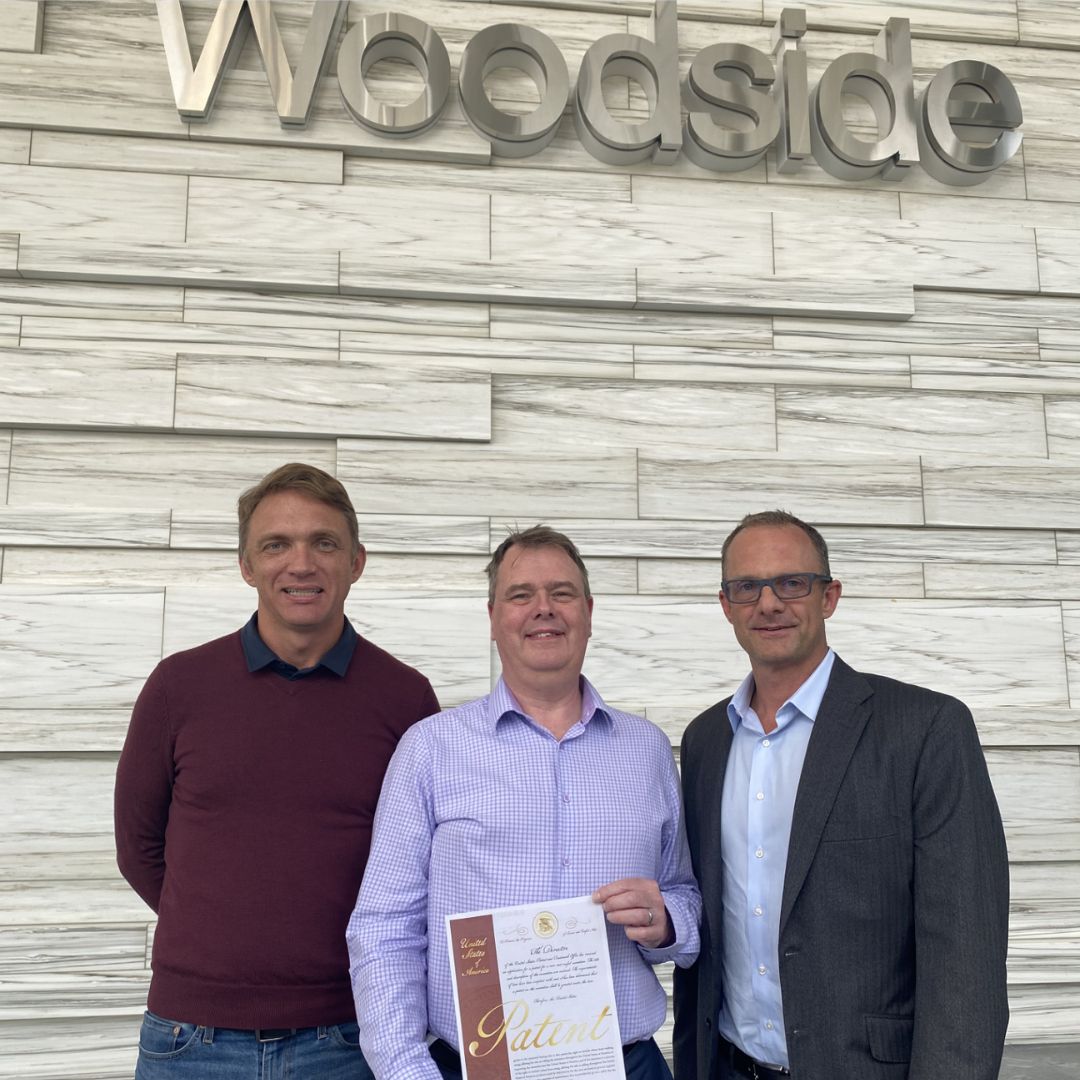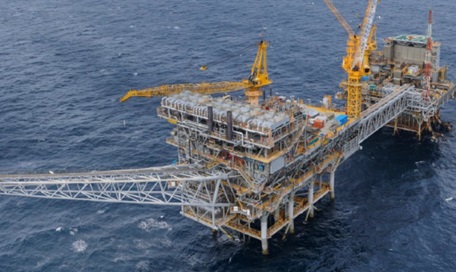Woodside Energy awarded US patent for innovative technology
A novel approach that has transformed seismic imaging in subsalt environments.

Correctly measuring subsalt velocities using seismic data has eluded the seismic industry for as long as subsalt wells have been drilled. In 2018, our Gulf of Mexico Exploration team accepted the challenge to improve this. The result has been the development of a novel approach that has transformed seismic imaging in subsalt environments, which has recently been recognised with the award of a U.S. patent: US12050296B2 - System for generating velocity models of subsalt formations - Google Patents
Seismic exploration has been crucial in the history of oil and gas exploration, revolutionising how companies locate and extract hydrocarbons. Explorationists use seismic acquisition to create images of the Earth's subsurface by sending and recording sound waves underground. By analysing how these waves travel through different rock layers, reflect and refract back to the surface, our Exploration teams identify potential oil and gas reservoirs. Seismic increases the efficiency and success rates of drilling and is key to the discovery of major oil and gas fields around the world. While the basic principle of using a sound source and a recording device is still valid, the nature of these devices, the ways they are arranged and multiplied, and the ways the recorded data are analysed, has become increasingly sophisticated.
An accurate velocity model is critical for successful seismic imaging in any environment. In the Gulf of Mexico, where large salt bodies exist above and around the prospects Woodside targets for exploration, seismic imaging is even more challenging because the salt bodies often increase acoustic impedance and create large velocity contrasts.
Woodside’s patented approach addresses this challenge by measuring seismic velocities through a combination of Ocean Bottom Nodes (OBN), Full Waveform Inversion, and an extended Seismic Source Halo around the Ocean Bottom Nodes. The novel approach, described in the patent, uses the physics of the localised geology to determine the required distance between seismic sources and recording nodes to determine the subsalt velocity. The patent additionally describes how the nodes on the sea floor and the seismic source coverage, close to the sea surface, need to be distributed.
Vice President Exploration Terry Gebhardt explains: “Woodside was the first company to employ this sparse OBN method for subsalt imaging in our Western GoM OBN survey in 2018. The 2018 survey proved that the approach described in this patent could resolve the seismic velocity challenge that salt poses. The survey also piloted one of the first ultra-low frequency seismic sources in a commercial survey setting.”
Speaking of the significance of Woodside being awarded the patent, Terry notes:
“The award of this patent demonstrates the thought leadership and innovative spirit of Woodside Energy. Significantly improved data quality from the application of this method are yielding better subsurface insights that directly translate to efficiencies for every stage of the life cycle.”

Congratulations to all the team who have been part of this great achievement, including Joakim, Alex and Chris.



